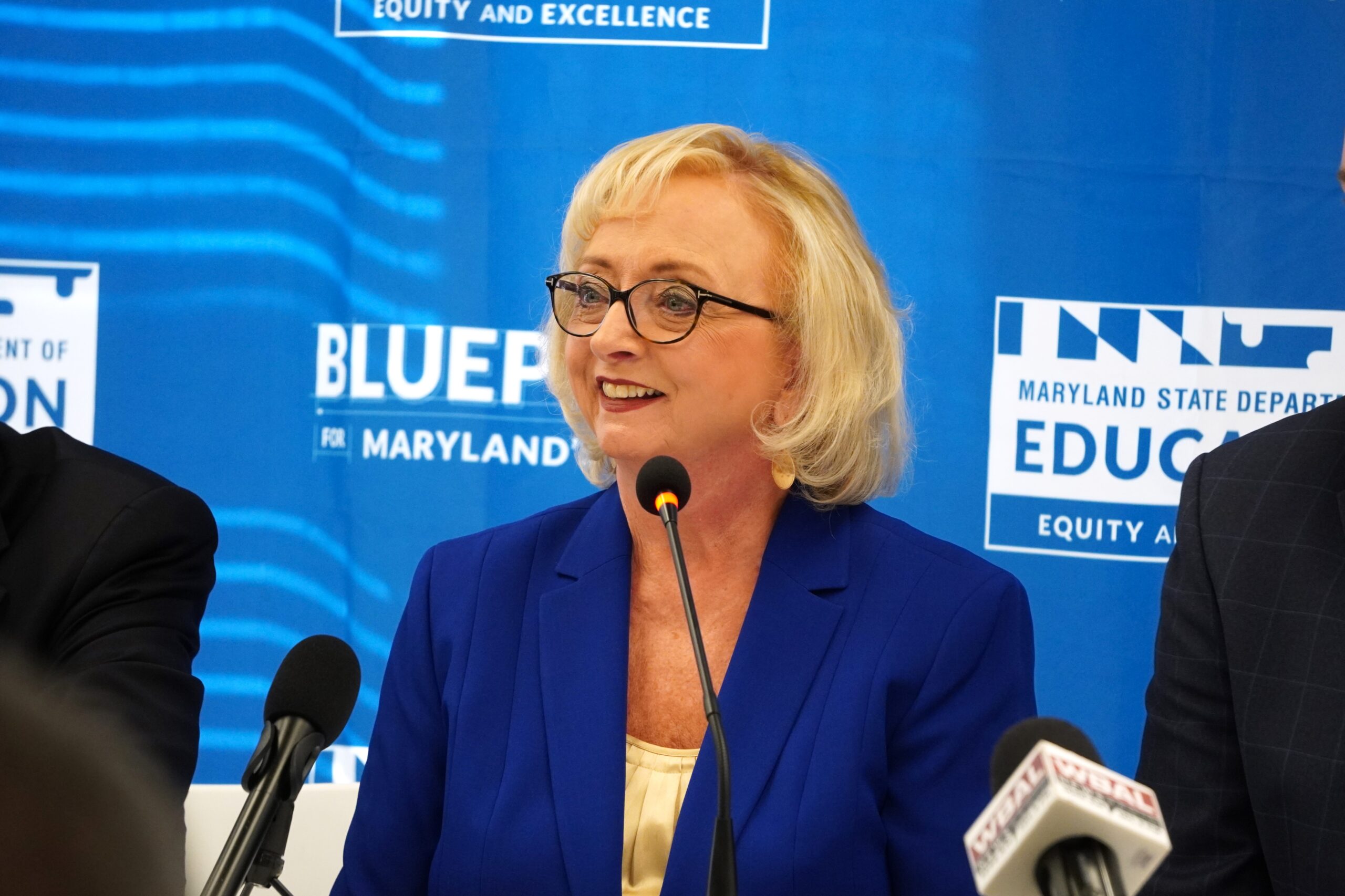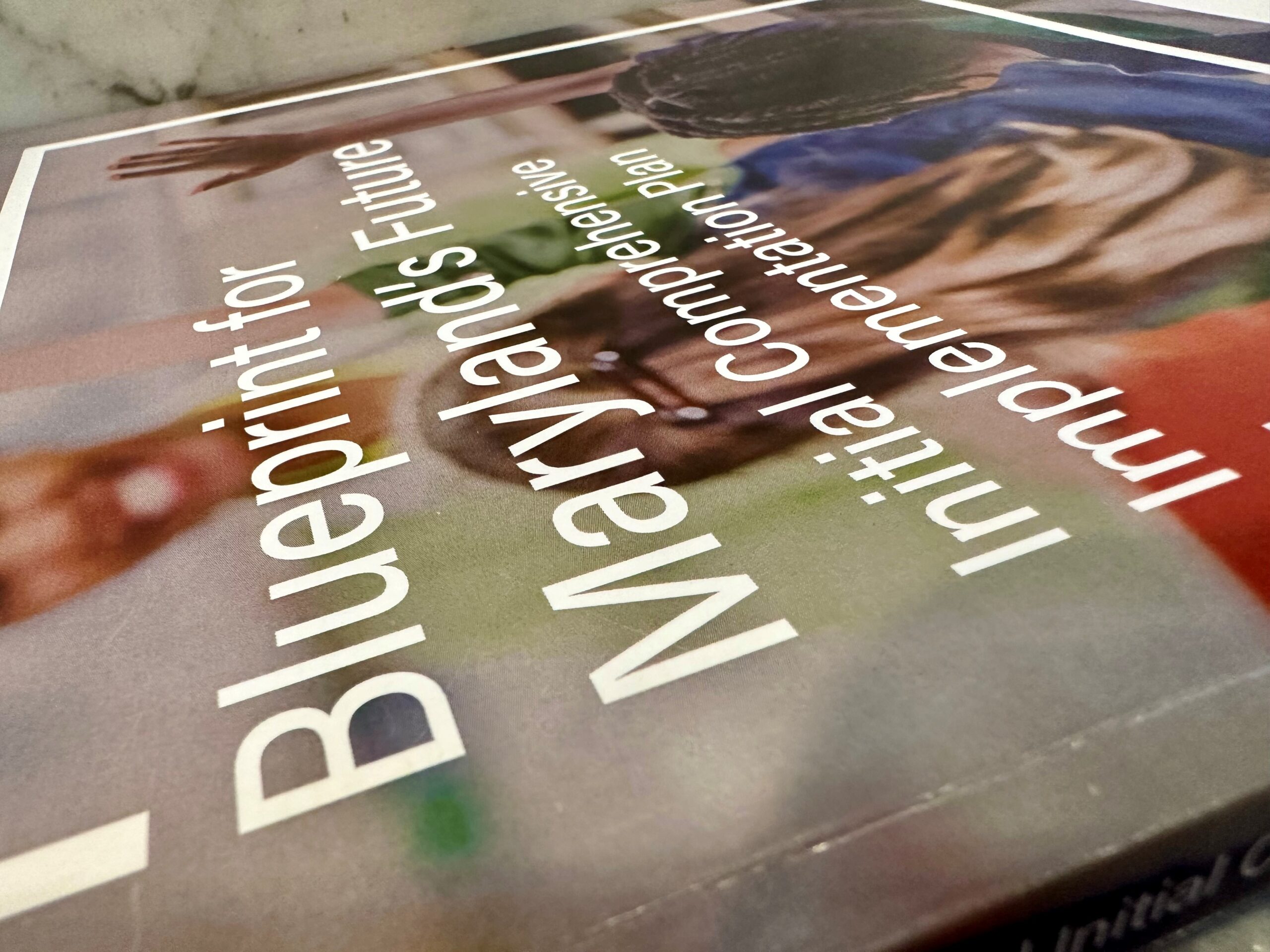Opinion: Outlining our steadfast commitment to special education in Howard County

By Michael J. Martirano
The writer is superintendent of the Howard County Public School System.
As we mark Disability Awareness Month, it is an optimal time to reaffirm and amplify our commitment to providing exceptional special education services and supports.
There has been much community discussion recently, including media coverage about special education services in Howard County. I am immensely proud of the progress we have made in serving our students receiving special education services and in building a culture and climate of meaningful inclusion in our schools.
It wasn’t always this way, in fact, special education has evolved tremendously in our country over the last 50 years. Children with disabilities were once treated differently than their typically developing peers. Some may have been kept at home; others sent to institutions. Those who attended so-called “regular” schools were routinely taught in classrooms separate from their typically developing peers.
Thinking around who should qualify for special education was also different. The focus was largely on those with certain types of physical disabilities and mental illness. Those with other needs were in many instances overlooked and underserved. There was also limited access to special education services for children under age three. According to one source, U.S. schools in 1970 “educated only one in five children with disabilities, and many states had laws excluding certain students, including children who were deaf, blind, emotionally disturbed, or had an intellectual disability.”
At the same time, parents had far fewer opportunities to participate in decision-making around how and where their children were educated.
Much has changed in recent years. To begin, legislators have changed the criteria used to determine eligibility for special education. Under the Individuals with Disabilities Education Act (IDEA) — one of the main laws governing special education — the presence of a disability alone does not qualify a child for special education; rather, the disability must adversely affect the child’s educational performance. The law goes on to state that given that a child’s physical, mental, social and emotional well-being all factor into educational performance, disabilities in any or all of those categories may qualify a child for special education.
Laws have also expanded access to early intervention and special education to children starting at birth and legally codified parental involvement in the special education process. Today, parents are embedded in that process from the very beginning, working with school staff and others to discuss, develop, and continually reassess students’ special education plans.
In addition, research as well as lived experience have given us a new perspective on how and where special education should take place. We now know that separating special education students from their typically developing peers is not only fundamentally unjust; it is counterproductive. And we know — again, based on research and experience — that an inclusive approach, enabling special education students to be educated in the least restrictive environment and providing them accommodations that encourage interaction with their typically developing peers, benefits all students, not just those with educational disabilities.
As educators, we also know that meaningful inclusion requires much more than simply having special education students present in a general education classroom. It requires having staff who are trained in best practices on how to support students with special needs. It requires having sufficient staff to ensure that the needs of all students are being met. It requires having access to appropriate programs and services that are specifically designed to address individual needs. And it requires enlisting parents as partners — something we strongly emphasize here in Howard County.
This is why, over the course of my tenure as Superintendent of Howard County Public Schools, we have added nearly 500 special education positions. In doing so, we have been able to expand our continuum of services and provide more extensive support to students possessing unique strengths and needs. We have been able to increase our behavioral support staff, who are helping our school-based staff more effectively meet our students’ needs. We have been able to launch Parent Empowerment Conferences to assist both seasoned parents/guardians and those new to special education in advocating for their children. We partnered with the Jemicy School to increase staff understanding of the science of reading and dyslexia, as well as the appropriate strategies to help all students develop academic skills and a love of learning. And we have created Behavior Talks, a video series designed to help parents and families support their students’ success at home.
But the evolution of our special education program cannot stop here. We still have much work to do to ensure that our students receive all the support they need to fully access instruction.
The need and demand for special education services is solidly on the rise. Some students who had special needs prior to the pandemic have come out of the pandemic with additional needs. And students who never previously exhibited special needs have begun to exhibit post-pandemic behaviors that call for assessment and, in many cases, the development and implementation of Individualized Education Programs (IEPs).
We have both legal and moral obligations to meet these increasing needs and demands. To do so, we must continue to invest in our staff, both in terms of growing the number of special educators in our schools and expanding the focused training available to all staff who work with our students with IEPs. We must continue to expand our special education services to better meet the changing needs of our students. And we must equip all of our students with the tools they need to succeed in our diverse and inclusive classrooms and beyond.
We must recognize that we cannot take a one-size-fits-all approach to doing this. Every one of our students has different abilities and needs, and every one of them is entitled to a free appropriate public education. As a school system, we are committed to continuously improving services for our students and families; providing training and support for our staff; and doing our part to ensure that we provide every student with access to the tools and resources they need to be prepared for the next step in their life journey.
Most importantly, we must remain steadfast in our goal of preparing all of our students to participate in and serve their community with dignity and pride. This is how we fulfill our responsibility to prepare them for the world in which they live.
It is the right thing to do.




 Creative Commons Attribution
Creative Commons Attribution